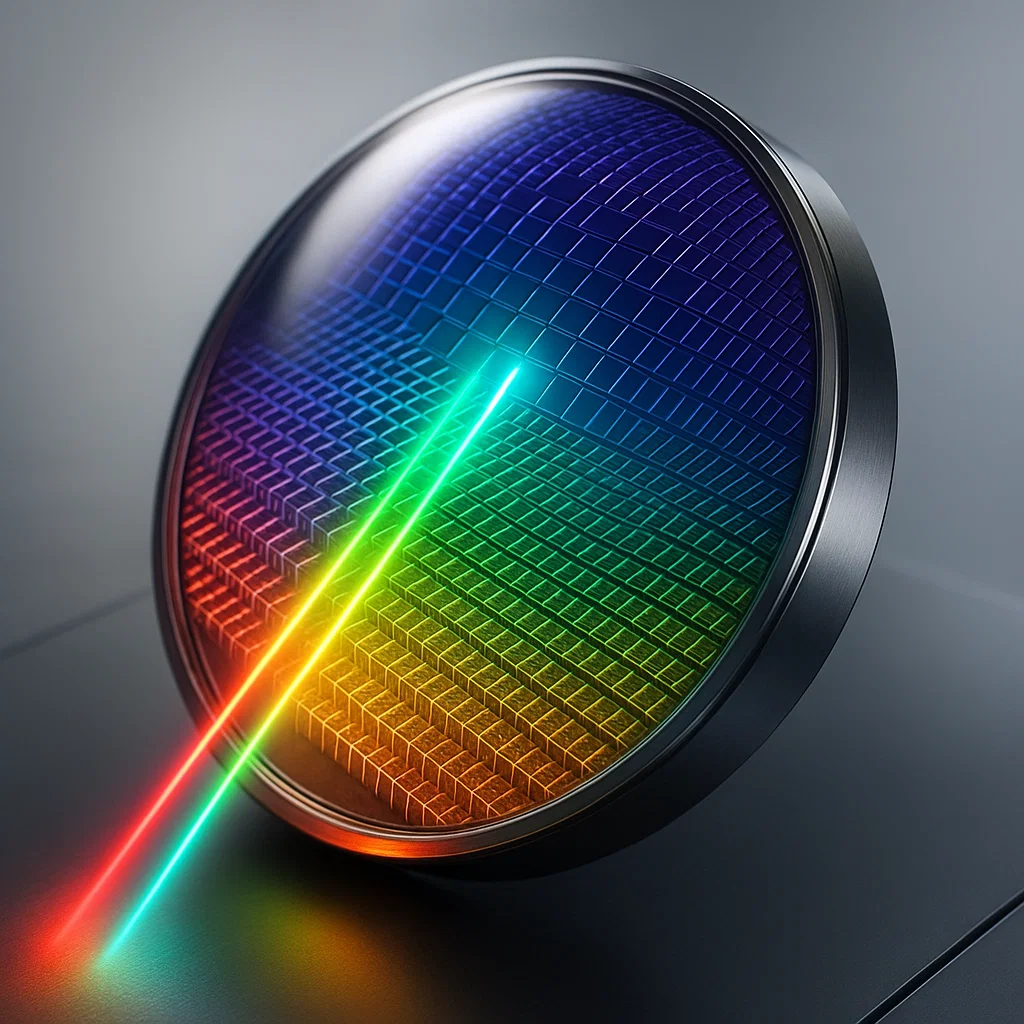
The next revolution in imaging technology may come from something almost invisible to the naked eye: multicolor metalenses. These ultra-thin, nanoscale optical devices are poised to reshape the future of drone cameras, smartphone optics, and even space-based imaging systems. By overcoming limitations of traditional lenses, scientists are paving the way for portable, lightweight, and highly efficient optical solutions.
What Are Metalenses?
Unlike traditional glass or plastic lenses, metalenses are engineered using nanostructured surfaces known as metamaterials. Each nanostructure manipulates light at incredibly small scales, enabling effects impossible to achieve with standard optics. For example, while conventional lenses bend light by thickness and curvature, metalenses achieve the same result in structures thinner than a human hair.
👉 To learn how metamaterials are reshaping optics, you can explore resources like Nature Photonics for in-depth discussions.
The Breakthrough: Multilayer Metalenses
A research team led by Joshua Jordaan at the Australian National University (ANU) and the ARC Centre of Excellence for Transformative Meta-Optical Systems (TMOS) introduced a groundbreaking design that stacks multiple metalens layers. This multilayer approach allows the focusing of several wavelengths of unpolarized light simultaneously— a task that single-layer metalenses struggled to achieve.
Why It Matters
- Multiwavelength capability: Supports different colors of light, essential for imaging.
- Polarization insensitivity: Works regardless of light orientation.
- Ease of manufacturing: Each layer can be fabricated separately and assembled.
- Scalability: Compatible with established semiconductor nanofabrication methods.
This design was detailed in the team’s paper published in Optics Express in August 2025.
Overcoming the Limitations of Single-Layer Metalenses
Traditional single-layer metalenses faced a serious roadblock: physics itself. Jordaan explained that the group-delay—the time light takes to pass through the metasurface—imposes strict limits on bandwidth and focusing capabilities.
A single layer could not simultaneously maintain:
- A large numerical aperture (NA) for sharp focusing,
- A wide physical diameter for capturing more light, and
- A broad operating bandwidth for handling multiple wavelengths.
Thus, to truly advance optical technology, researchers had to move beyond one-dimensional solutions.
The Multi-Layer Approach: A Design Breakthrough
By introducing multiple stacked layers, the team expanded the design’s flexibility. Using advanced inverse design algorithms with shape optimization, they created nanostructures that resonated both electrically and magnetically—a phenomenon known as Huygens resonances.
This algorithm generated a fascinating library of nanoscale building blocks, including:
- Rounded squares
- Four-leaf clover patterns
- Propeller-like shapes
Each element, around 300 nanometers tall and 1000 nanometers wide, provided precise control over light’s phase, enabling custom focusing patterns.
Potential Applications of Multicolor Metalenses
The benefits of this innovation extend across several fields:
1. Drones and Aerial Imaging
Lightweight, compact, and powerful lenses are ideal for drones, which face strict payload constraints. Multicolor metalenses would allow drones to capture high-resolution, color-rich images without bulky optics.
2. Smartphone Cameras
Smartphone manufacturers are in a constant race to make cameras slimmer while improving performance. By replacing thick lens stacks with nanostructured metalenses, future smartphones could deliver DSLR-level photography in ultra-thin devices.
For comparison, see our guide on emerging smartphone optics trends.
3. Earth-Observation Satellites
In space, every gram counts. Metalenses’ small size and light weight make them perfect for satellite imaging, providing clearer images of Earth with minimal payload mass.
4. Medical Imaging and Microscopy
The same principles could be applied to medical diagnostics, enabling portable imaging tools for hospitals and fieldwork.
Limits and Challenges Ahead
Despite its promise, the technology isn’t limitless. According to Jordaan, the multilayer approach can only manage around five different wavelengths. Larger structures are required to resonate at longer wavelengths, which complicates fabrication and risks diffraction effects at shorter wavelengths.
Nonetheless, even this range offers substantial improvements over traditional optics, especially in compact imaging systems.
The Future of Imaging
Metalenses represent more than just a new type of lens—they symbolize a paradigm shift in how we think about light manipulation. By integrating multilayer designs with scalable fabrication, researchers envision widespread adoption in:
- Consumer electronics,
- Defense technologies,
- Space exploration, and
- Healthcare imaging.
As Jordaan emphasizes, “The metalenses we have designed would be ideal for drones or earth-observation satellites, as we’ve tried to make them as small and light as possible.”
This aligns with the growing global demand for miniaturized, high-performance imaging systems.